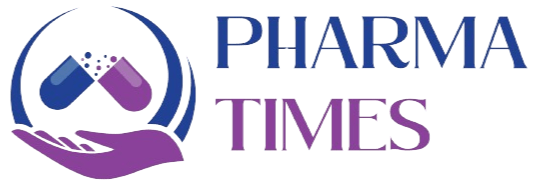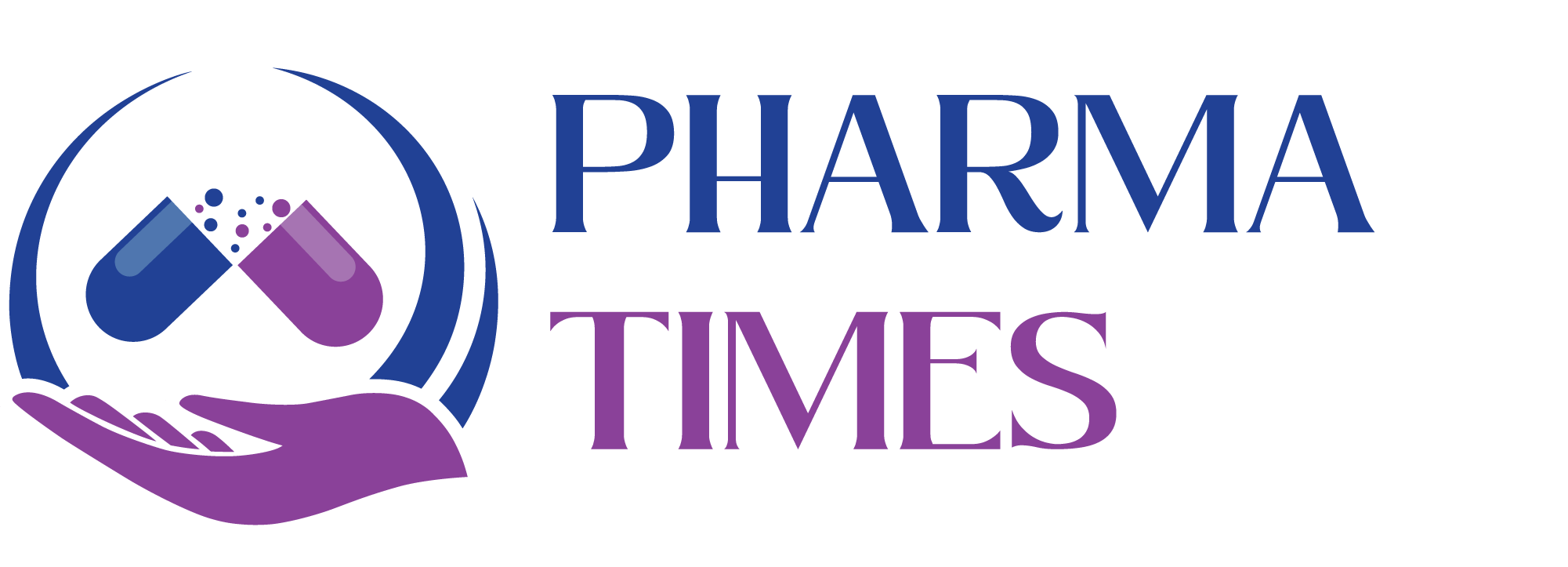SOP for Cleaning of Dissolution Tester .

Standard Operating Procedure (SOP)
1. Purpose
This SOP describes the procedure for the proper cleaning of the dissolution tester to prevent cross-contamination, ensure equipment integrity, and maintain accuracy in dissolution testing.
2. Scope
This procedure applies to all dissolution testers used in [Laboratory/Department Name] for product testing.
3. Responsibilities
-
Analysts: Clean the dissolution tester as per this SOP after each use.
-
Supervisors/Managers: Verify cleaning completion and compliance with SOP.
-
QA Personnel: Audit cleaning records and ensure adherence.
4. Materials and Equipment
-
Purified Water (or Distilled Water)
-
Mild Laboratory-Grade Detergent (non-abrasive, non-corrosive)
-
Soft Lint-Free Cloths
-
Cleaning Brushes (non-metallic)
-
Disposable Gloves
-
Labeled Waste Containers
-
Clean Dry Towels
-
Alcohol (optional for final wipe down)
5. Procedure
5.1 General Precautions
-
Always disconnect the instrument from the power source before cleaning.
-
Wear appropriate PPE (gloves, lab coat, goggles).
-
Never use harsh chemicals, abrasives, or metal brushes on the equipment.
5.2 Cleaning After Each Use
-
Disassembly:
-
Remove and dismantle the paddles/baskets and shafts carefully.
-
Remove vessels from the tester.
-
-
Cleaning:
-
Rinse all removable parts (vessels, paddles, baskets) with purified water immediately after use.
-
Use a soft brush and mild detergent to clean surfaces if residues are present.
-
Rinse thoroughly with purified water to remove all detergent traces.
-
Wipe down the external surfaces of the tester with a soft, damp cloth.
-
-
Drying:
-
Allow all cleaned parts to air dry on a clean surface.
-
Alternatively, dry with clean, lint-free towels.
-
-
Reassembly and Storage:
-
Reassemble clean, dry parts or store them in a clean, covered area if not immediately reused.
-
Ensure vessels and paddles/baskets are stored upside down to prevent contamination.
-
5.3 Weekly or Deep Cleaning (or After Stubborn Contamination)
-
Perform thorough cleaning of the entire tester, including:
-
Drive unit
-
Shaft holder and vessel holders
-
Vessel platform and water bath
-
-
Empty and clean the water bath if applicable (especially if algae, mold, or deposits are observed).
-
Inspect and clean sensors, if equipped.
5.4 Cleaning Validation (if required)
-
If cleaning validation is part of your protocol (e.g., GMP environment), swab test critical parts post-cleaning to confirm absence of residues.
6. Documentation
-
Record all cleaning activities in the Cleaning Logbook.
-
Include:
-
Date and time
-
Name/ID of person cleaning
-
Equipment ID number
-
Notes on any observed abnormalities (e.g., damage, residue)
-
Supervisor’s verification signature (if required)
-
7. Acceptance Criteria
-
No visible residue or contamination on any part of the dissolution tester.
-
No water spots or detergent residues left after drying.
-
Equipment ready for next use or storage.
8. Precautions
-
Do not immerse motorized or electronic parts in water.
-
Handle fragile parts (like vessels) with care to avoid breakage.
-
Use only approved detergents and materials specified for laboratory use.
9. References
-
USP <711> Dissolution
-
Internal Laboratory Cleaning Guidelines
-
Equipment Manufacturer’s Manual.
🎓 Discover one of the best Quality Assurance courses available — click below to explore the course that’s shaping future QA skills.https://trcjw.on-app.in/app/oc/306166/trcjw

